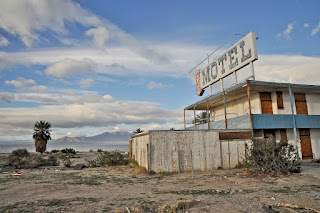By J.T. Ellison
We have such a huge surprise for you later this week I can hardly stand it. But stand it I shall, because time is fleet and in just a couple of days I’ll be sharing some very fun news.
First day home was a good one. Dentist this morning, so I’m all bright and shiny, but the gas always makes me sort of dopey for the rest of the day, so I’ve been handling business stuff and emptying email and prepping for the big Internet vacation that starts Saturday AM.
In wonderful news, my BFF is coming to stay this weekend, and my tiny little writing group will be joining us at the house for a retreat this weekend. I expect tons of words, a few great movies, some scotch and champagne, boatloads of salami and cheese and fruit, and bonding time that is long overdue.
Writer bonding is very important. This group in particular is very small and very intimate, and we keep each other on track to meet our deadlines and push ourselves to new heights. I’m so incredibly blessed to have these women in my life. They are the place I go to celebrate, to cry, to gnash my teeth. We are separated so much of the time––physically, by our genres, by our familial obligations––that having almost everyone together in person will be amazing. (One of our brethren can’t make it. We are crushed and will miss her dreadfully. ☹️)
So no new fiction words, though I did do some editing, and thinking, and bullet journaling, and transcribing of notes for the scenes to come tomorrow. I feel big word counts ahead…
Sweet dreams!
Via: JT Ellison
















